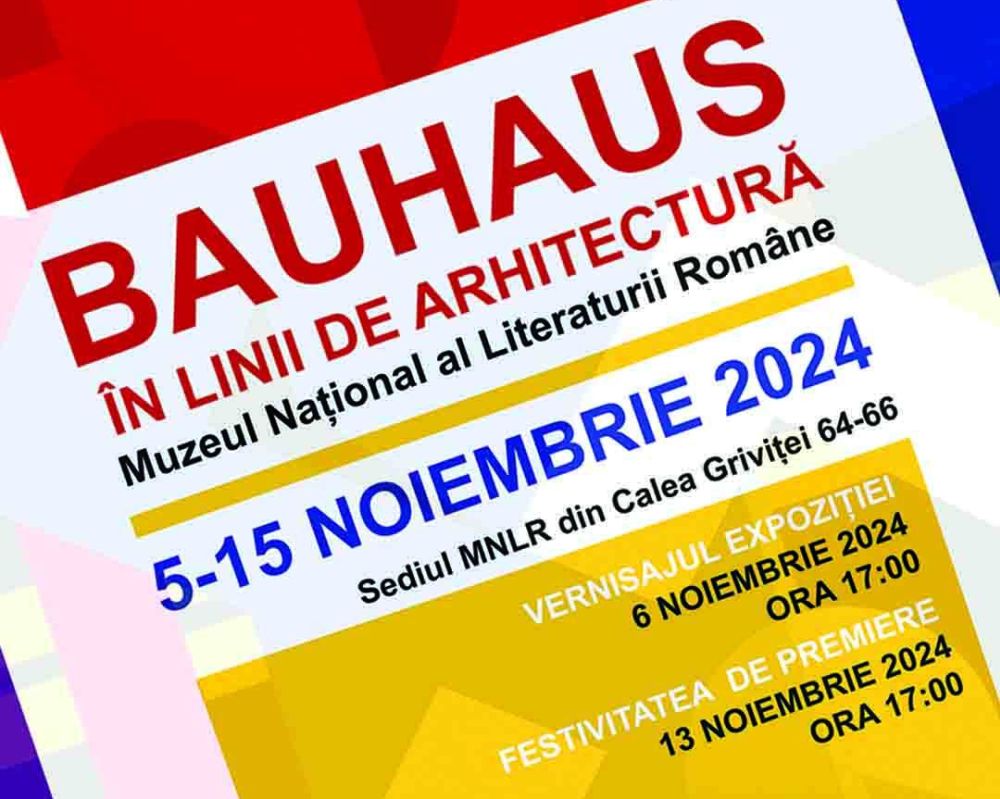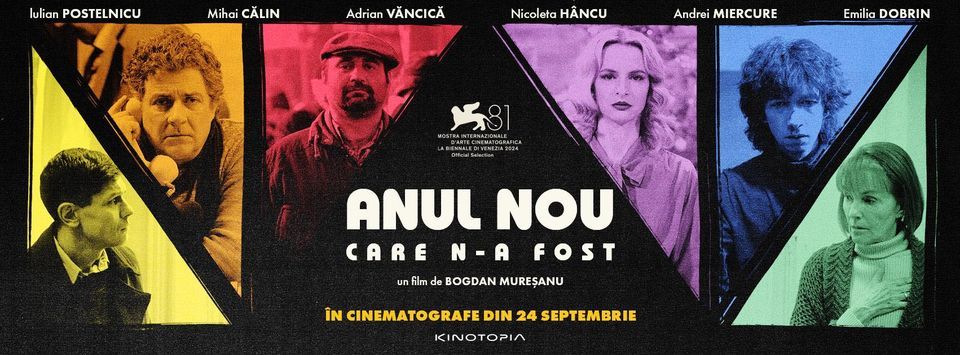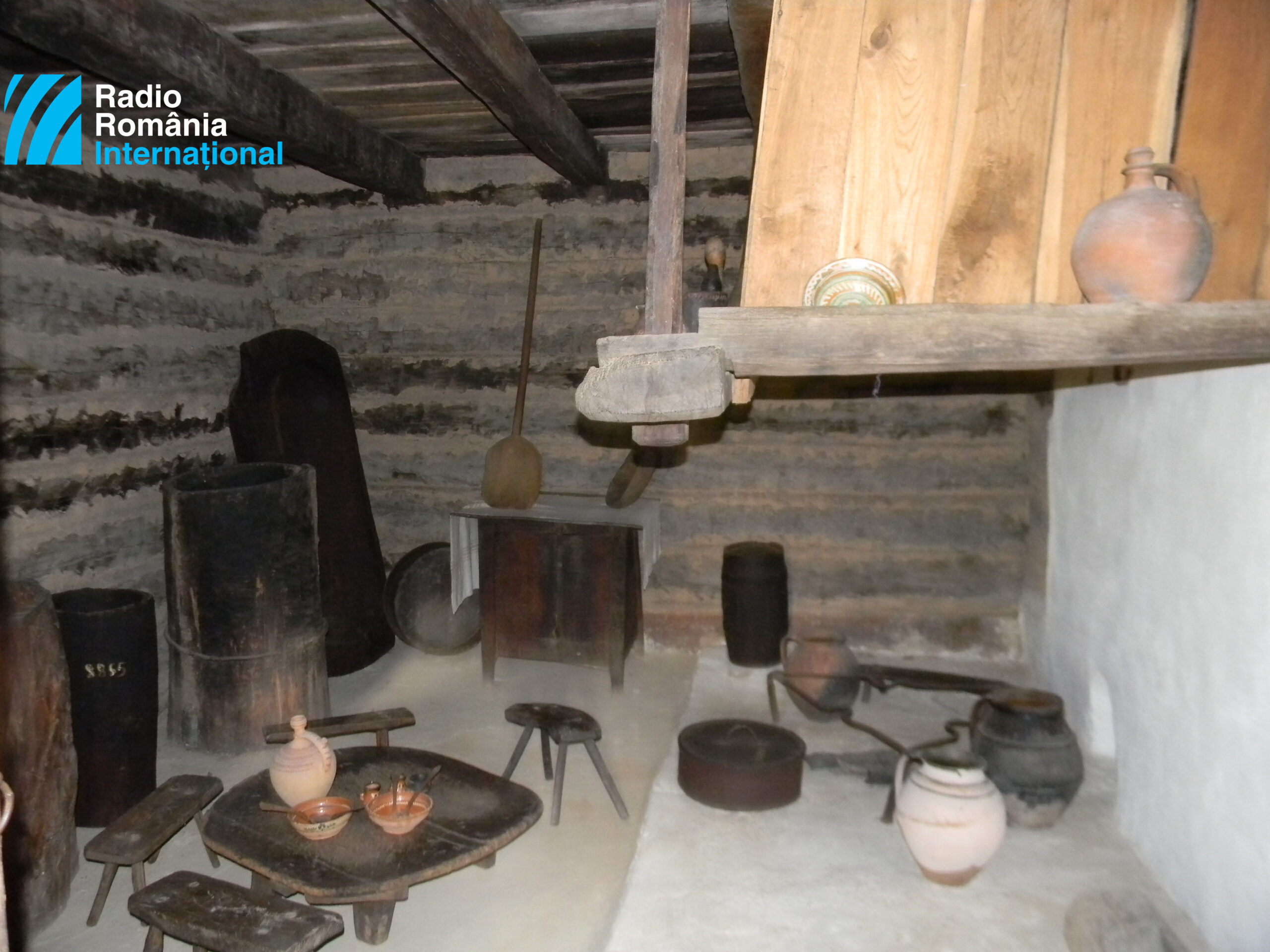Michelin Stars for Romanian Art and Ethnography
Michelin Romania made possible the publication of the Green Guide for the entire country

Ana-Maria Cononovici, 16.11.2021, 13:46
Michelin Romania made possible the publication of the Green Guide for the entire country. The anniversary edition called Romania, 500 Destinations and Experiences, is a special publication to showcase the beauty of Romania in matters of architecture, culture, ethnography, and cuisine. This 20th anniversary edition for Michelin Romania brings to our attention a large number of cultural institutions in the country. For instance, the ASTRA Museum of Sibiu has been in the guide since 2019, getting three Michelin stars for the second time in a row. Also here we see two Romanian museums with the highest number of stars in this edition, the National Art Museum of Romania and the Peasant Museum.
Two more destinations in Cluj, the Ethnography Museum of Transylvania, and the Art Museum, have been in the guide for a few years now, and this year, in the anniversary edition, got two stars.
Tudor Salagean, manager of the Ethnography Museum of Transylvania in Cluj, explained:
“We are honored by this acknowledgment, the three stars that the museum got honors us. I am saying three stars because I am talking about the two stars for the permanent exhibition Museum Downtown, and another star for the outdoors exhibition of our museum, which is for the Romulus Vuia National Ethnography Park. We are even happier since, in the last few years, we have made several investments, which have been finalized, or are about to. There was the project to restore the environs of the Reduta Palace, which hosts the central headquarters of the museum, and a larger project to expand the Ethnography Park. For this reason, we hope that in the upcoming editions of the guide we will get an even better grade, and the three stars shared by the two sections of our museum to become at least three full stars for one of our institutions, just like the most beautiful museums of Romania.”
Tudor Salagean came back with a few details:
“I think that the main attractions are our main exhibitions, the permanent exhibition, structured according to the classic principles of ethnography, which we have kept to for the 99 years that this exhibition has existed. To wit, our permanent exhibition has not yielded completely in the face of artistic temptation, and kept a structure that can educate the visitor, at the same time delighting with its visual aspects. Among our collections, perhaps the most impressive is that of traditional garments, very much appreciated by our visitors. There are many more exhibits in the temporary exhibitions, presented by rotation. In addition, we have a schedule of cultural manifestations. Also, I would like to mention that the Ethnography Museum of Cluj is the first in Romania with a permanent tactile exhibition, aimed at the visually impaired, and not only. We believe that this exhibition played a part in the grade we got in the guide, and in many others. I should not forget the Romulus Vuia Ethnography Park, with its over 50 traditional architecture monuments, some of very high value, such as the church built by Horea, initially in Ciser, in Salaj County, which has been in our museum since 1968.”
Lucian Nastasa-Kovacs, historian with the Romanian Academy, director of the Cluj Art Museum, spoke to us with pride about this affirmation:
“First of all, let me specify that we have been in the Michelin Guide for three years now. It is updated constantly, including more and more institutions. It is hard to get this kind of status, but it is also easy to lose it. Which is why every time you are put once again in the Michelin Guide is special. At the same time, our entire activity in the last six to eight years confirms why we are in the guide. There are many criteria taken into consideration, such as the edifice housing your institution, and, as you know, the Banffy Palace is a pure Baroque building in the Central European style, which speaks for itself, it has a long history. At the same time, the Cluj Art Museum is not old, historically speaking, it has been around for 70 years, but at the same time it boasts an exceptional collection, renown around the world.”
With a collection of over 15,000 items, mostly heritage, the Cluj Art Museum is very dynamic. Here is Lucian Nastasa-Kovacs:
“Weve always held events. These pandemic times are the biggest headache for us, because the museum is supposed to be a living organism, we have many temporary exhibitions, from book launches to conferences to small concerts. This palace in Cluj is precisely the kind of place where to hold a Classical or Baroque music concert. It has exceptional acoustics, it is a point of pride to play in such a place, where Liszt played a few times, as well as Friedemann Bach. Many of our attractions have been off limits, but we hope that starting next year we will not have a problem holding these events again.”
This affirmation is a cause for celebration, a harbinger of good things to come in the future, when culture comes back to life in its entirety across the country.






























